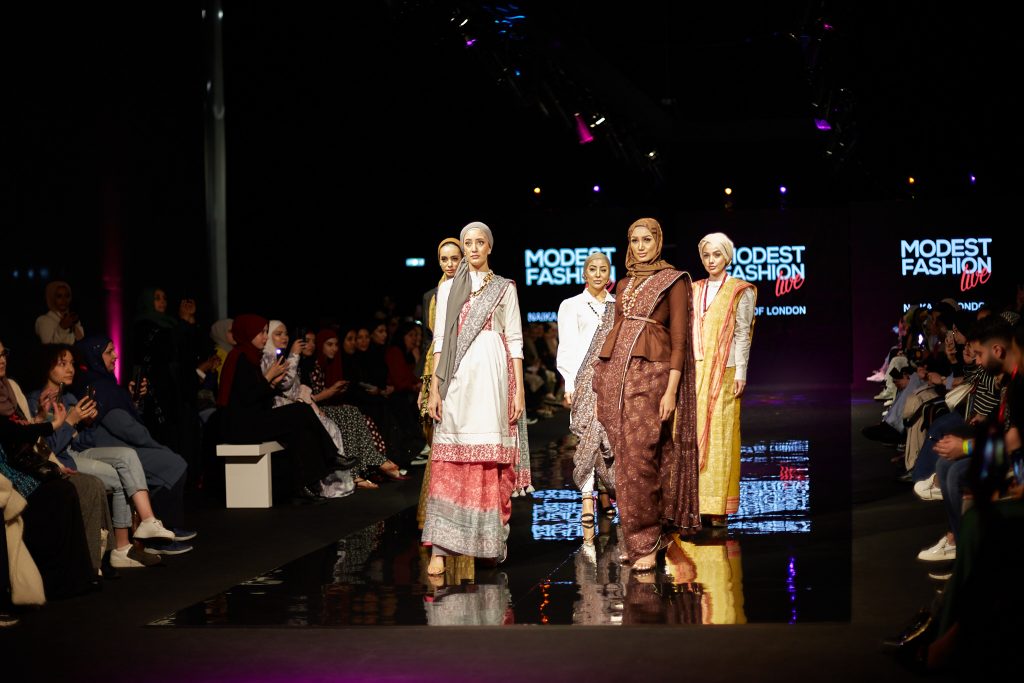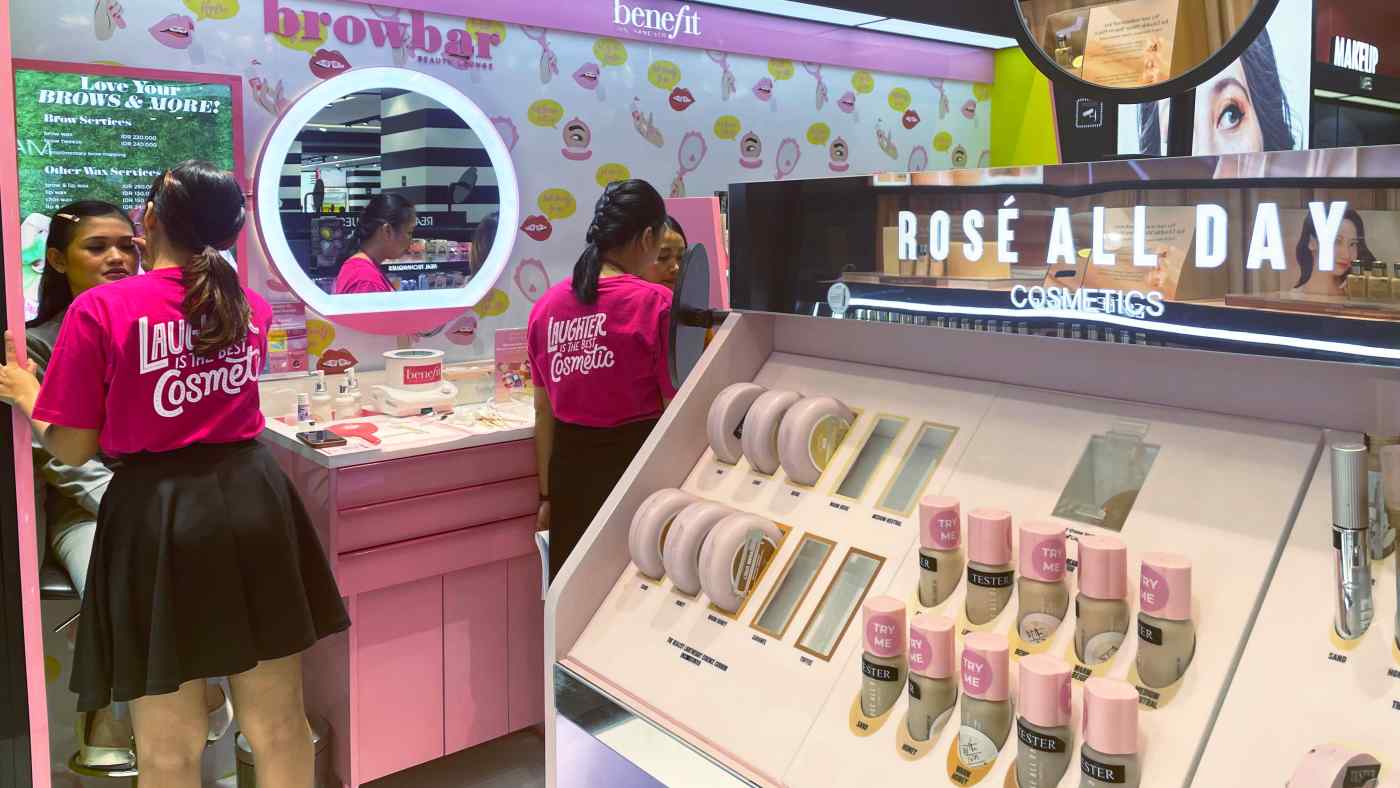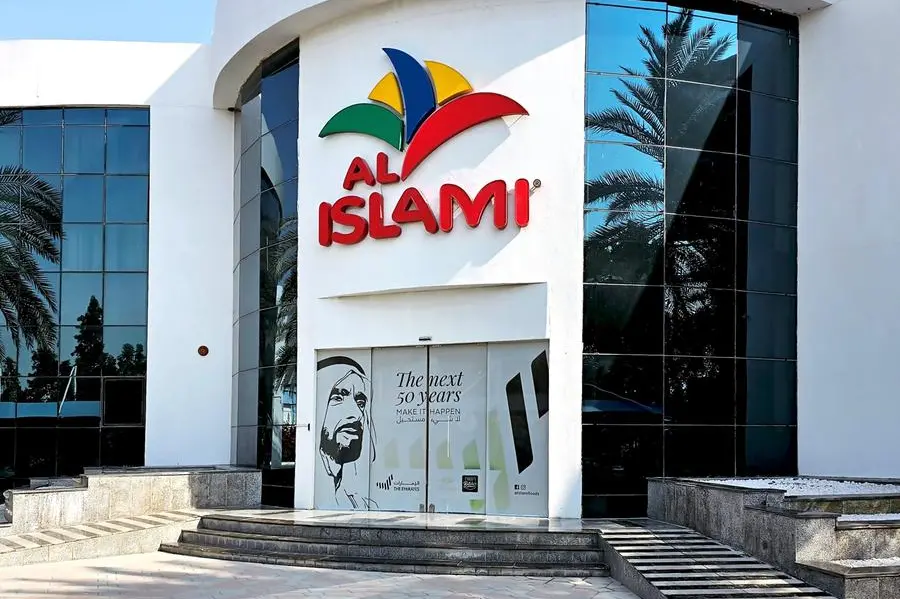By Shelina Janmohamed of Ogilvy Noor
You’ve spent a huge chunk of your annual budget reminding your Muslim consumers that your brand exists. You’ve persuaded them to buy your products during the month of Ramadan and secured sales over Eid. You’re not alone. Your branding peers have been out doing the same.
But now Ramadan is over and Eid is already fading to a distant memory. What do you do keep up the momentum? Do you sit around moping till next year? Do you reminisce about the spike in sales during the month of daylight fasting and the celebrations that follow?
In the UAE consumption shot up by 30 per cent on the eve of Ramadan. Some $2.2bn was spent on advertising in Ramadan in 2010. Some companies use as much as 78 per cent of their advertising budgets during this time. But once Ramadan and Eid have passed – then what? Is the Muslim consumer to be forgotten? This is where deep insight is crucial, but where many brands fall down.
It’s not all over – quite the opposite. According to the Pan Arab Research Centre: “Post-Ramadan there is more economic activity. The month instills new energy into the system.”
Travel is a great example of a category that ought to excite interest. Muslims are unlikely to have gone away during Ramadan and are ready to treat themselves after Eid. This year the UAE has been a beneficiary of the travel bug, seeing an influx of visitors coming to ‘get away’ as well as do some shopping.
Or, take the issue of getting fit and losing weight. After a month of fasting, it may appear that any Muslim wishing to lose weight would already have done it. Not so.
The most obvious point is that going to the gym or doing any kind of exercise is difficult while fasting – and exercising in a fashion unsuited to fasting can actually be counter-productive. But what takes insider insight is the fact that many Muslims actually put on weight during Ramadan and Eid. That’s because they are often eating overly indulgent and inappropriate foods between sunset and sunrise – especially in years like this one, when Ramadan in the northern hemisphere coincided with the longest days of the year.
This makes it a great time for the health sector to step up and show its understanding of the reality of life post-Ramadan for Muslims.
Being close to local customs related to post-Ramadan is crucial too. In Indonesia, the occasion of ‘Halal bi Halal’ follows the month of fasting. Invitations are issued to the occasion of ‘mutual forgiveness’ and new clothes are worn in honour of the fresh start bestowed by Eid – or Idul Fitri as it is called in Indonesia. It is therefore a time for shopping for new clothes.
It should come as no surprise then that the Indonesia Islamic fashion fair has been organised to coincide with Ramadan, Eid and Halal bi Halal. Dian Pelangi, one of the designers featured, moves away from her signature bright colours to invoke the meaning behind Eid. “White symbolizes a clean slate at Idul Fitri,” Dian told the Jakarta Globe. “That’s why people wear white garments on the holiday. And I also wanted to follow the tradition and create something that was different from my usual style.”
So don’t despair that the time to fast, pray and spend is over. The opportunities after Ramadan are waiting to be taken by savvy and insightful brands.
Shelina Janmohamed is a senior strategist at Ogilvy Noor, a specialist consultancy for building brands with Muslim consumers. Ogilvy Noor is part of Ogilvy & Mather.



